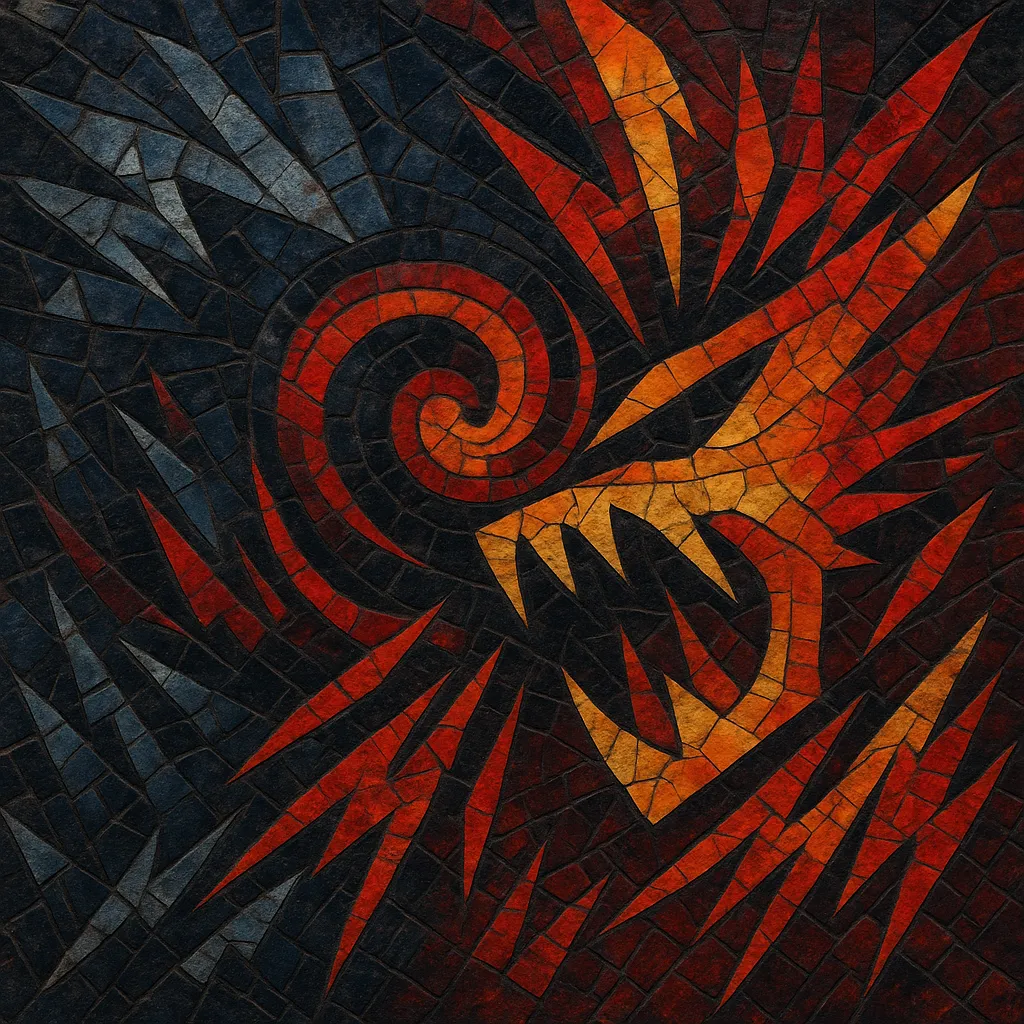Tearout brostep is a hyper-aggressive strain of brostep that emphasizes violently modulated midrange basses, high-impact drops, and rapid-fire switch‑ups. It typically runs at 140–150 BPM in half‑time, pairing chest‑punching snares with seismic subs and screeching or growling lead basses.
Producers lean heavily on advanced wavetable/FMX sound design, serial resampling, multiband distortion, OTT-style compression, and tight sidechaining to create a wall of kinetic, metallic energy. Arrangements often feature cinematic intros, tension‑building risers, and whiplash-inducing call‑and‑response bass phrases designed for headbanging festival crowds.
The "tearout" attitude predates dubstep in UK drum and bass, where it described high‑octane, rowdy club tracks. As dubstep evolved in the late 2000s, the brostep wave—centered on brighter, midrange‑forward sound design—created the conditions for a more extreme, festival‑scaled approach. Producers began pushing distortion, modulation, and arrangement intensity beyond traditional dubstep’s sparse, sub‑led aesthetic.
In the early 2010s, North American stages and UK clubs converged around a heavier, more theatrical dubstep sound. Tearout brostep crystallized as producers fused brostep’s midrange focus with DnB’s tearout ethos: relentless switch‑ups, screeching leads, and aggressive drops engineered for massive sound systems. Touring bass music festivals, large‑room club systems, and online tutorial culture (around wavetable synthesis and resampling) accelerated a rapid “sound design arms race.”
By the mid‑to‑late 2010s, a core of specialist producers and labels established tearout brostep’s sonic codes: half‑time drums at 140–150 BPM, snare on the 3, sub‑tight bass writing, and dramatic pre‑drop silence or vox stabs. The style drew on electro house punch, DnB energy, and metal’s abrasive textures while retaining dubstep’s drop‑centric structure.
Tearout brostep remains a mainstay of festival bass music, influencing adjacent styles like hybrid trap and midtempo bass. Modern tracks balance surgical low‑end control with hyper‑detailed midrange motion, often blending neuro‑inspired processing with crowd‑tested arrangement moves for maximum impact.


